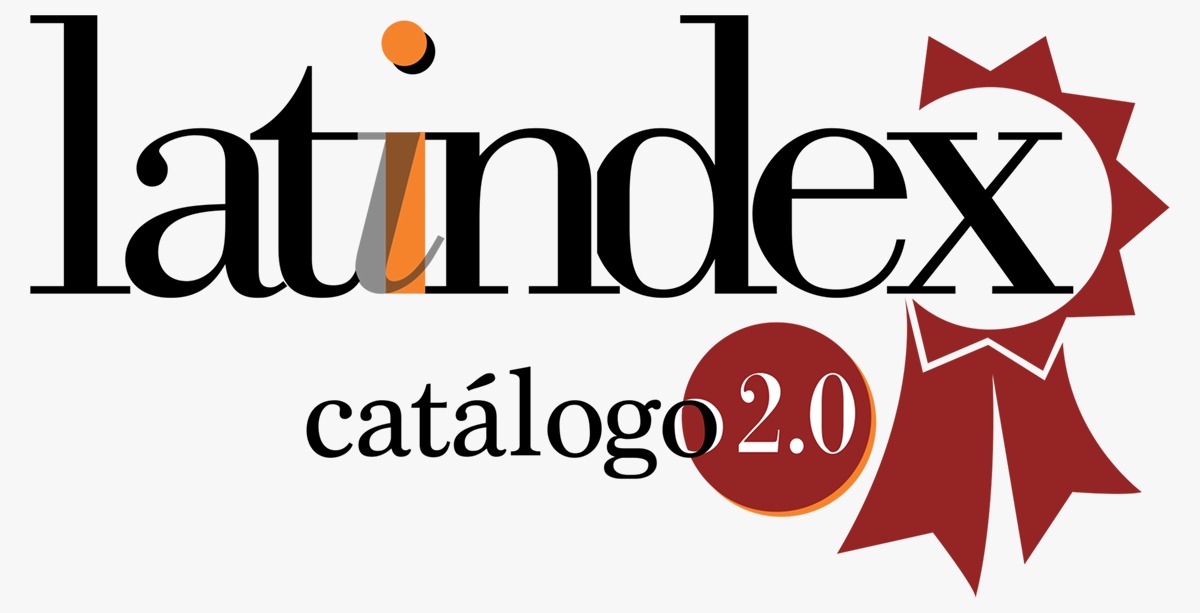Use of Moodle with University Education Students: Perspectives of their Experiences with Combined Learning
DOI:
https://doi.org/10.29197/cpu.v17i34.395Keywords:
virtual environments, Moodle, university teaching, b-learningAbstract
The period of confinement during the pandemic brought about by Coronavirus has forced the virtualization of education worldwide at all levels. For this reason, the use of educational platforms has been unavoidable for all educational institutions. This abrupt change in modality has brought about a real challenge for the vast majority of institutions that used the face-to-face modality, however, for others that already had programs that included virtuality, the challenge for their teachers and students was not so drastic. Faced with this need for the inclusion of virtual education, the present study aims to measure the perception and degree of satisfaction in Blended Learning of university students from a higher education institution in the Dominican Republic. The project design was considered as a non-experimental study, with a sample of 123 participants, applying comparative descriptive data analysis techniques. In the main conclusions of the study is presented: the students' prior knowledge and their disposition to the use of technology through educational platforms facilitating the implementation of virtual learning environments; the students showed a positive attitude and willingness to use Moodle as a virtual learning environment.
Metrics
References
Casales, R. P., Castro, J. R., y Hechavarría, G. P. (2008). Algunas experiencias didácticas en el entorno de la plataforma Moodle. Revista de Informática Educativa y Medios Audiovisuales, 5(10), 1–10. https://doi.org/5 (10)
Conde, M. J. R., Migueláñez, S. O., y Martínez, Abad, F. (2012). Propiedades métricas y estructura dimensional de la adaptación española de una escala de evaluación de competencia informacional autopercibida (IL-HUMASS). Revista de Investigación Educativa, 30(2), 347–365.
Cook, D. A. (2013). ¿Debo utilizar el aprendizaje en línea? Investigación En Educación Médica, 2(5), 3–6. https://doi.org/10.1016/s2007-5057(13)72676-0
Guerrero, B. y Cambero, E. A. (2016). B Learnig estrategia para incrementar cobertura de la Universidad Autónoma De Nayarit. México: ECORFAN.73–84.
Hernández Sampieri, R. (2016). Metodología de la Investigación (6ta ed.; McGRAW-HILL, ed.). México.
Hernández Sampieri, R., Fernández Collado, C., y Baptista Lucio, M. del P. (2010). Metodología de la investigación (5ta ed.). Mexico: McGRAW-HILL.
Hueso, A., y Cascant, M. J. (2012). Metodología y Técnicas Cuantitativas de Investigación. Cuadernos docentes en procesos de desarrollo. Valencia: Universitat Politécnica de València.
Montero, M., Quesada, I., y Marmolejo, J. (2011). Facilitando el aprendizaje de la estadística: un modelo b-learning para nuestros alumnos. PUBLICACIONES, 41. 161–175.
Mora-Vicarioli, F. (2012). Objeto de aprendizaje: Importancia de su uso en la Educación Virtual. Revista Electrónica Calidad En La Educación Superior, 3(1), 104–118. https://doi.org/10.22458/caes.v3i1.435
Pinto, J. R. (2009). “Los Tres Pilares De La Educación B-Learning”.Granada: Revista Digital: Innovación y Experiencias Educativas. No. 15-Febrero.
Robles, S., Manes, J. Q., y Monterrey, T. De. (2016). Percepción de estudiantes universitarios hacia el aprendizaje combinado en un curso de inglés. Campus Virtuales, Vol. 5, num. 1, pp. 62-72.
Sánchez Tarragó, N. (2005). El profesional de la información en los contextos educativos de la sociedad del aprendizaje: espacios y competencias. Acimed, 13(2), 1–15.
Santamaría, J. S., Antolín, P. S., Javier, F., y Pardo, R. (2012). Usos pedagógicos de Moodle en la docencia universitaria desde la perspectiva de los estudiantes. (Educational Uses of Moodle in University teaching from the student’s perspective). Revista Iberoamericana de Educación. N. º 60 (2012), pp. 15-38 (1022-6508) - OEI/CAEU
Solano, O. L. (2010). Las posibilidades que brinda el Aprendizaje Combinado (modalidad presencial y no presencial apoyado por el uso de Internet) para el desarrollo de las destrezas de comunicación escrita. Argentina. Congreso Iberoamericano de Educación.
Soriano Ayala, E., y González Jiménez, A. J. (2009). La enseñanza E y B-Learning en el ámbito universitario. III Memorias de Actividades Docentes En El Marco Del EEES de La Universidad de Almería.
Tobergte, D. R., y Curtis, S. (2013). La educación encierra un tesoro. Journal of Chemical Information and Modeling, 53(9), 1689–1699.
Valentín Centeno, A., González-Tablas Sastres, M. del M., López Pérez, M. E., y Mateos García, P. M. (2016). Una experiencia de aprendizaje combinado en Estadística para estudiantes de Psicología usando la evaluación como herramienta de aprendizaje. Education in the Knowledge Society (EKS), 17(1), 65.
Zambrano, J., Carrera, G., Williams, M., Venegas, G. y Bazurto, G. (2018). Blended learning como estrategia de enseñanza-aprendizaje del idioma inglés en estudiantes de educación básica. Didascalia: Didáctica y Educación, IX, 55–70.
Published
How to Cite
Issue
Section
License
Unless otherwise indicated, all articles in this journal are published under a
Licencia Internacional Creative Commons 4.0 Atribución-NoComercial-CompartirIgual .
The authors retain the copyright and assign the right to the first publication to the magazine.









